Gravity is responsible for killing every single person who dies from jumping from a plane with no parachute. It also controls the movements of every single planet and star. These celestial bodies revolve around each other, governed by that flimsy force of gravity, and they also all use gravity to pull on us, in ways that none of us ever consented to.
The Moon Controls the Tides — Not Just of the Sea But of the Land
The Moon, of course, is responsible for tides moving in and out. The sea rises up on the side of the Earth that faces the Moon. On the exact opposite side of the Earth, meanwhile, the sea… also rises up, with this bulge of water pointing away from the Moon. Tides are weird like that.
NOAA
This planet of ours also consists of a whole lot of solid rock below that water. The Moon acts on this solid stuff, too. We call this movement the Earth tide, which isn’t a great name, since the ocean is already part of the Earth, so it has other names as well, including “land tide” and “body tide.” Anyway, the Moon yanks up the ground, and then drops it back down. When the Moon is directly overhead in New Orleans, for example, the red parts of this next diagram represent what parts of the ground are being pulled upward.

Some of those red parts are covered in ocean, but that makes no difference to what we’re talking about. The ocean, even at its deepest points, is just a tiny insignificant layer on top of the solid ground below it. At high Earth tide, the ground is about a foot higher than at low Earth tide. You just have no way of noticing this, since every point of reference around you has been lifted as well.
The Sun Controls the Tides, Too
Here’s a random fact: Patients with mental problems seem to act up during the full moon. And here’s one theory behind that: The Moon pulls on the water in the hypothalamus of their brain, the same way it pulls on the ocean, and that messes with their mood. Now that you’ve heard this wacky theory, we want you to take a few seconds and see if you can list some ways that it makes no sense.
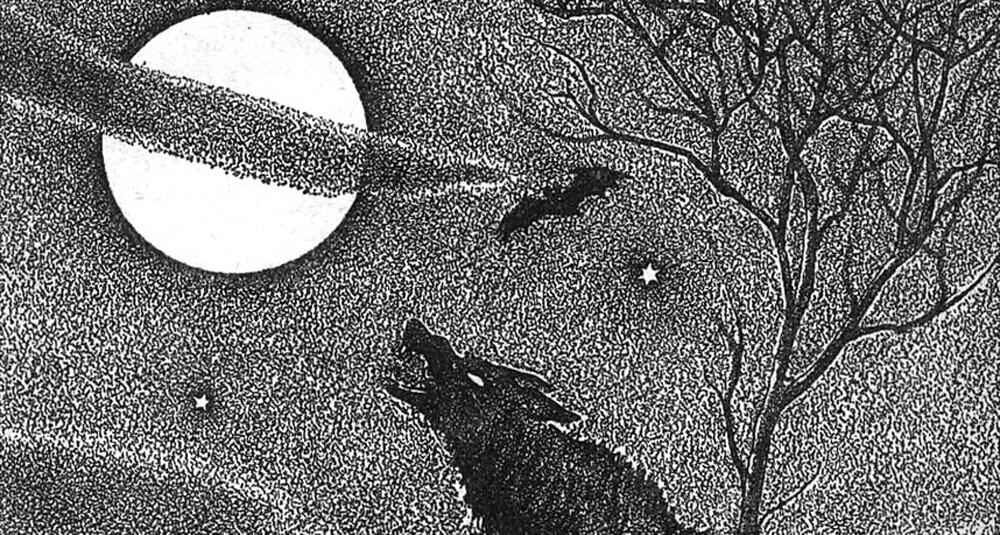
You might be able to think of several flaws in the theory. For starters, the Moon’s gravity can have only a tiny effect on such a tiny quantity of water. Secondly, any fluid in the skull is enclosed so it can’t really bulge in any direction the way tides do. And also, wait, the tides don’t really have anything to do with the phases of the Moon, do they? The tides change every day (or twice a day) as the Earth rotates so we face or turn from the Moon. This is a process unconnected with Moon’s change in phase. The Moon could be full or a crescent, but so long as it’s in the right part of the sky, the tide will come in.
Okay, did you get all that, and are you feeling good and educated now? Sorry, because here’s where we hit you with the double twist. The tides do change with the phases of the Moon. Only, the issue here isn’t the ocean being pulled by the Moon. It’s being pulled by the Sun.
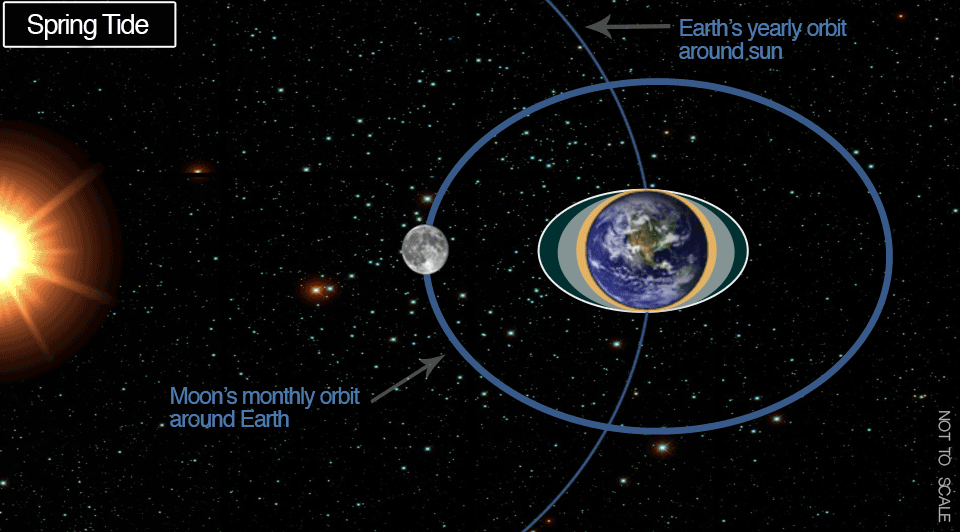
The Sun’s gravity acts on the ocean (and the land) just like the Moon’s does. The Sun, while much bigger than the Moon, is much farther away, so it has around half the tidal effect as the Moon. Sometimes, the Sun and Moon pull the ocean in opposite directions, and the two forces cancel each other out. When the Moon’s full, though, both are pulling the ocean the same way, and we wind up with super big tides.
None of that explains for certain what’s going on with those mental patients. But the lesson here is that it’s resonance between the Moon and the Sun that makes the ocean howl at the full moon (and turn into a seawolf).
Mars Pulls and Drops the Ocean Floor
Earth’s also pulled by other planets, and that goes for our nearest neighbor Mars. The pull from Mars changes over time, since Mars and Earth are each taking their own slow trip around the Sun at their own speed, and the distance between our two planets changes over time. That means that if you want to map out the cycles that we experience thanks to Martian gravity, we can’t be looking at a diurnal or biweekly cycle like with the Moon, or even an annual cycle. Instead, this is a cycle that spans 2.3 million years.
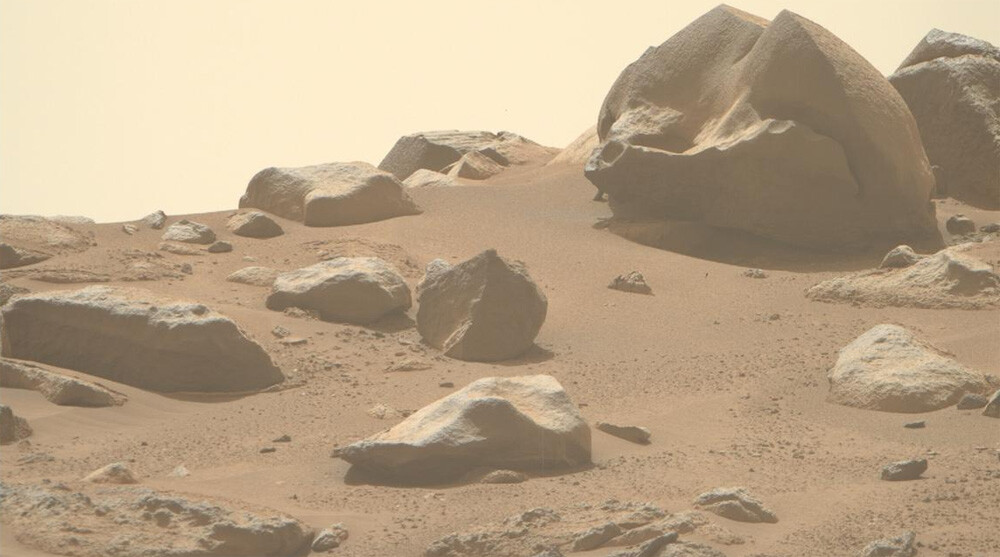
This results in giant deep-sea whirlpools, whose cycles correspond with changes in the Earth’s climate. Clearly, Mars is bitter that is has no liquid water of its own, so it feels the need to mess with ours.
Jupiter’s Playing Dirty With Passing Asteroids
Mighty Jupiter is quite a bit farther than Mars, and also much farther than the Sun, but its gravity still plays a part in how Earth functions. Most notably, it plays a part in defining the trajectories of a bunch of smaller bodies that could hit and destroy us. Far outside the planets’ orbits is a sector of the solar system called the Oort cloud, and every so often, that cloud sends a comet flying inward. Jupiter does a nice job of diverting those comets away, sending then hurtling helplessly out of the solar system so they stand no chance of ever approaching our neighborhood.
Basically, Jupiter acts as Earth’s shield. At least, that was the story we told ourselves for decades. But as our knowledge of astronomy evolved, we discovered that short-period comets from the Oort cloud aren’t the big threat we need to worry about. If we’re going to be paranoid about objects hitting us, we really need to worry not about comets but about near-Earth asteroids.
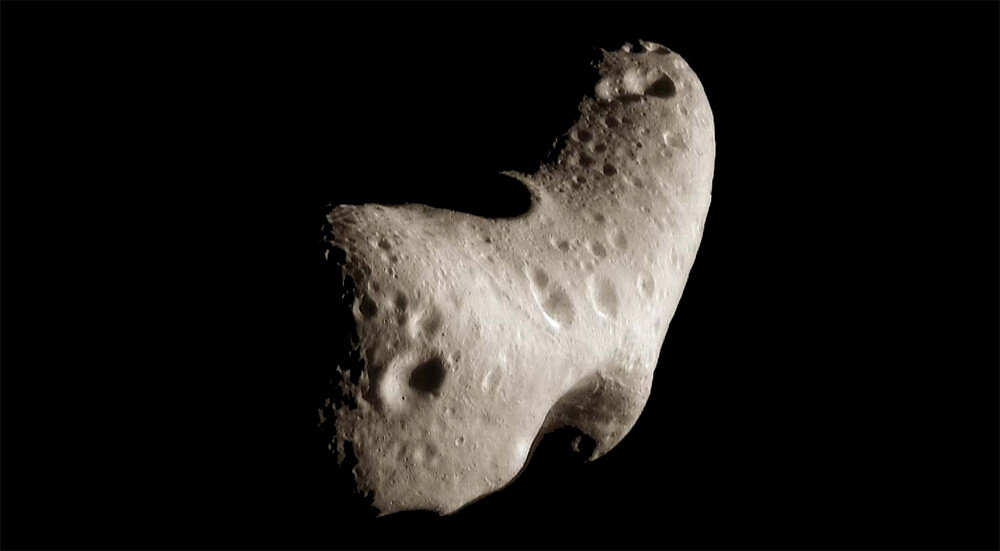
Asteroids that approach Earth from the far reaches of the solar system are influenced by Jupiter’s gravity as well, and when we do the math, it turns out Jupiter actually raises the chance of these society-destroying rocks coming our way. Curse you, Jupiter. We thought you were protecting us, like an older brother, but instead you’re out there engineering our destruction, like an older brother.
A Nearby Star Is Going to Rain Hellfire on Us
That Oort cloud, the one with all the comets, is going to become a whole lot more significant in a little while. A star named Gliese 710 is going to come close to us — a mere trillion miles away — putting it within the Oort cloud itself.
To clarify, when we said the Oort cloud is part of the solar system, we meant that it surrounds the Sun, not that it’s anywhere close. When Gliese 710 approaches Earth, it’ll still be a few hundred times farther from us than Neptune is now. But that’s pretty damn close on a galactic scale, and this star’s gravity will send Oort objects moving wildly. In time, earthlings will be seeing 10 comets every day.
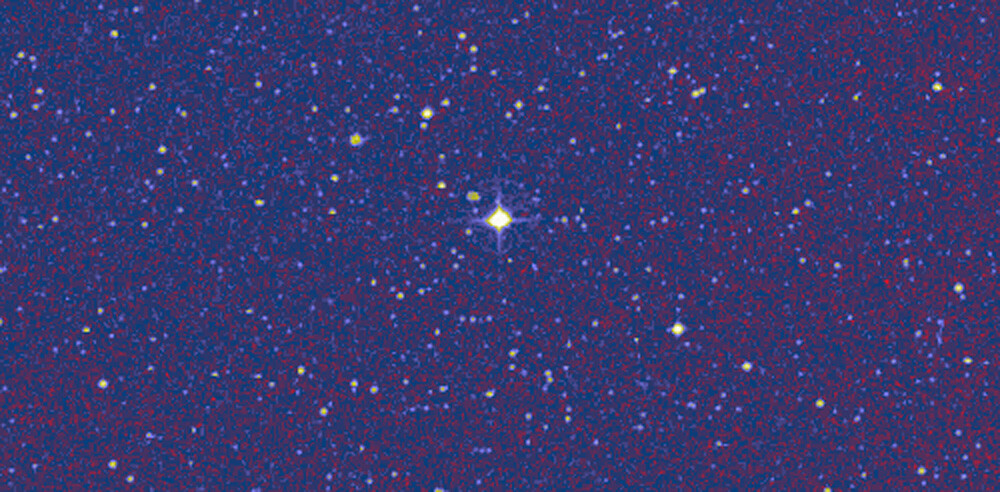
When will all this happen? Oh, in about 1.3 million years. That’s not very long at all, so you probably shouldn’t bother getting invested in any TV shows that look like they’ll need several seasons to wrap up.
Follow Ryan Menezes on Twitter for more stuff no one should see.

